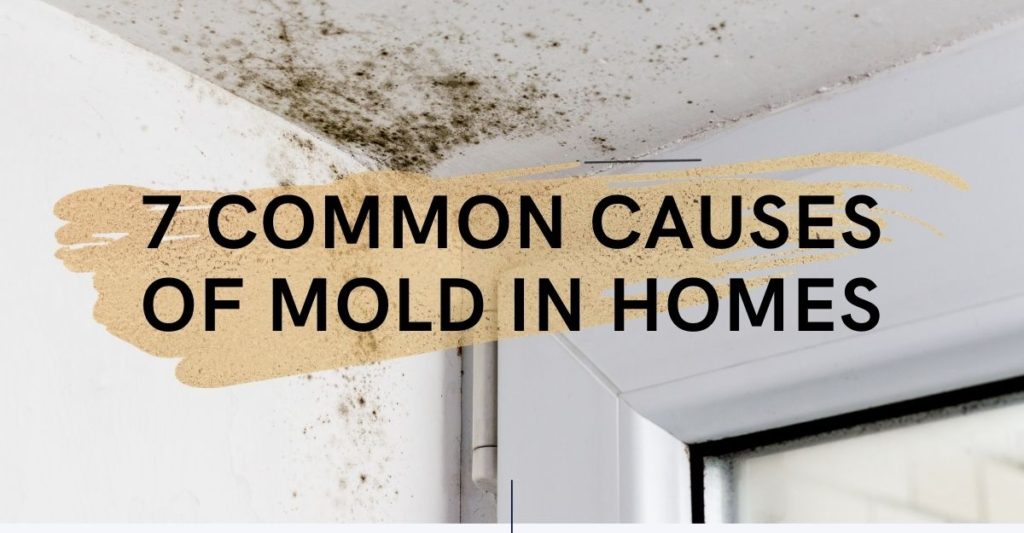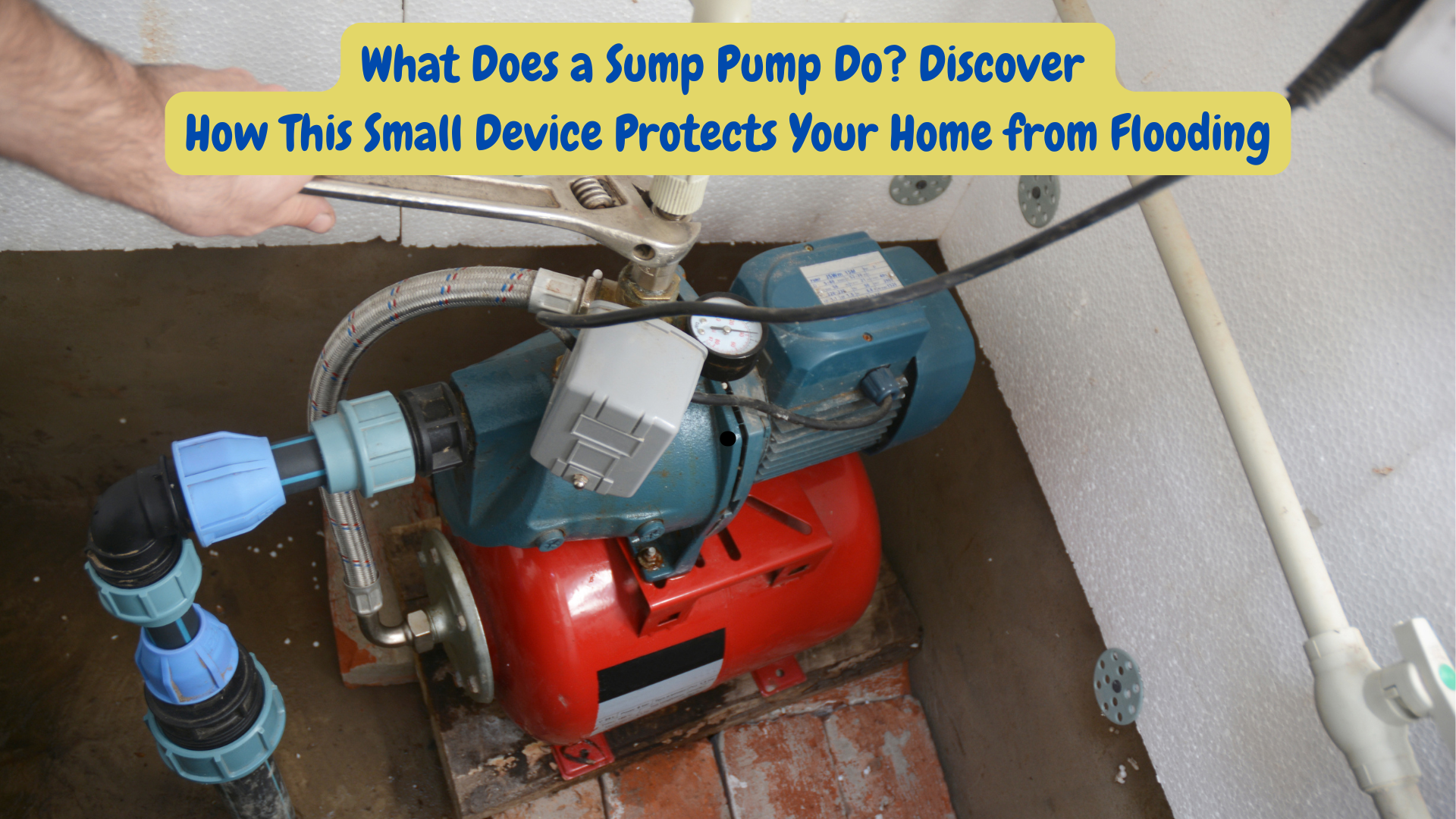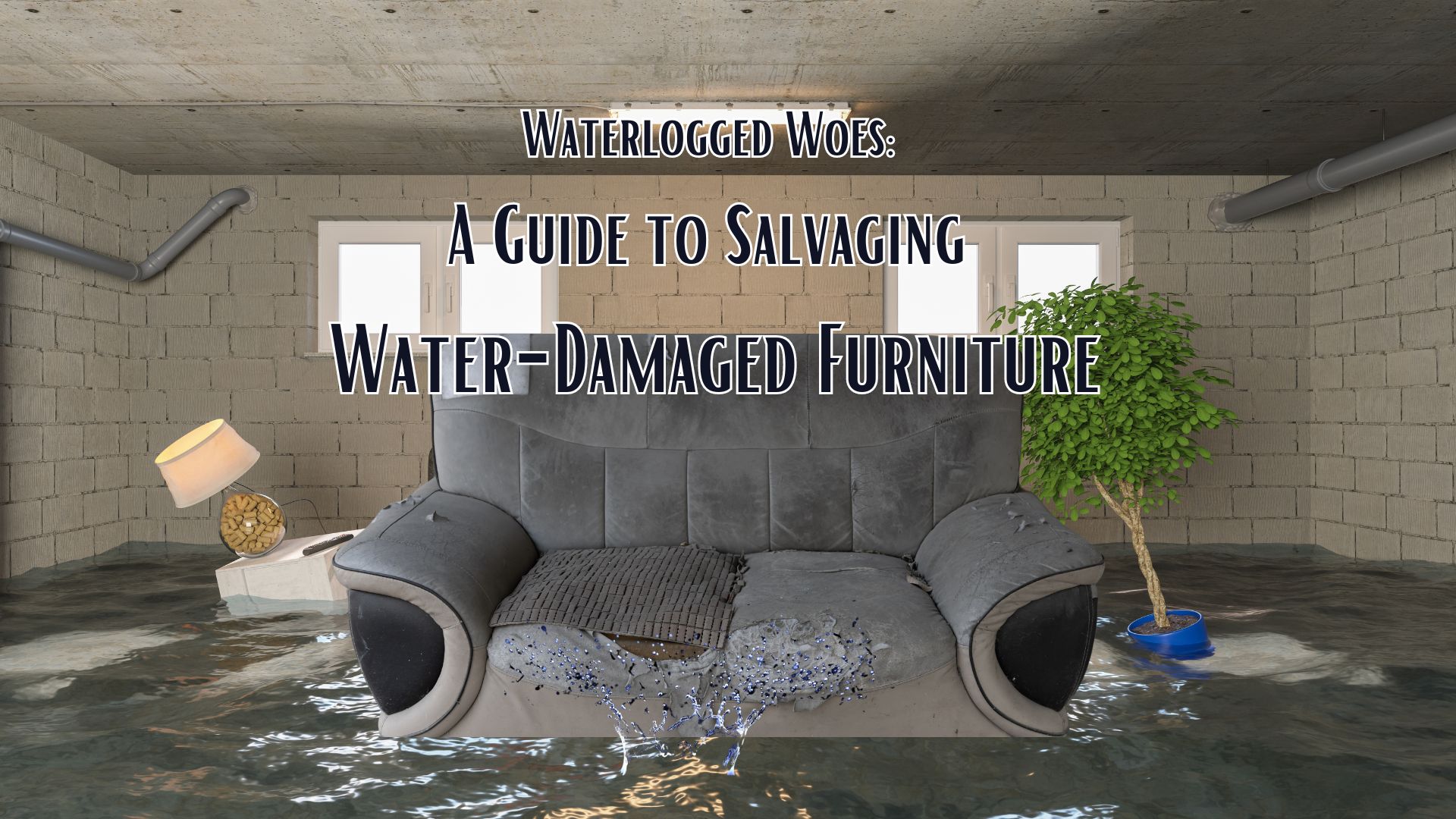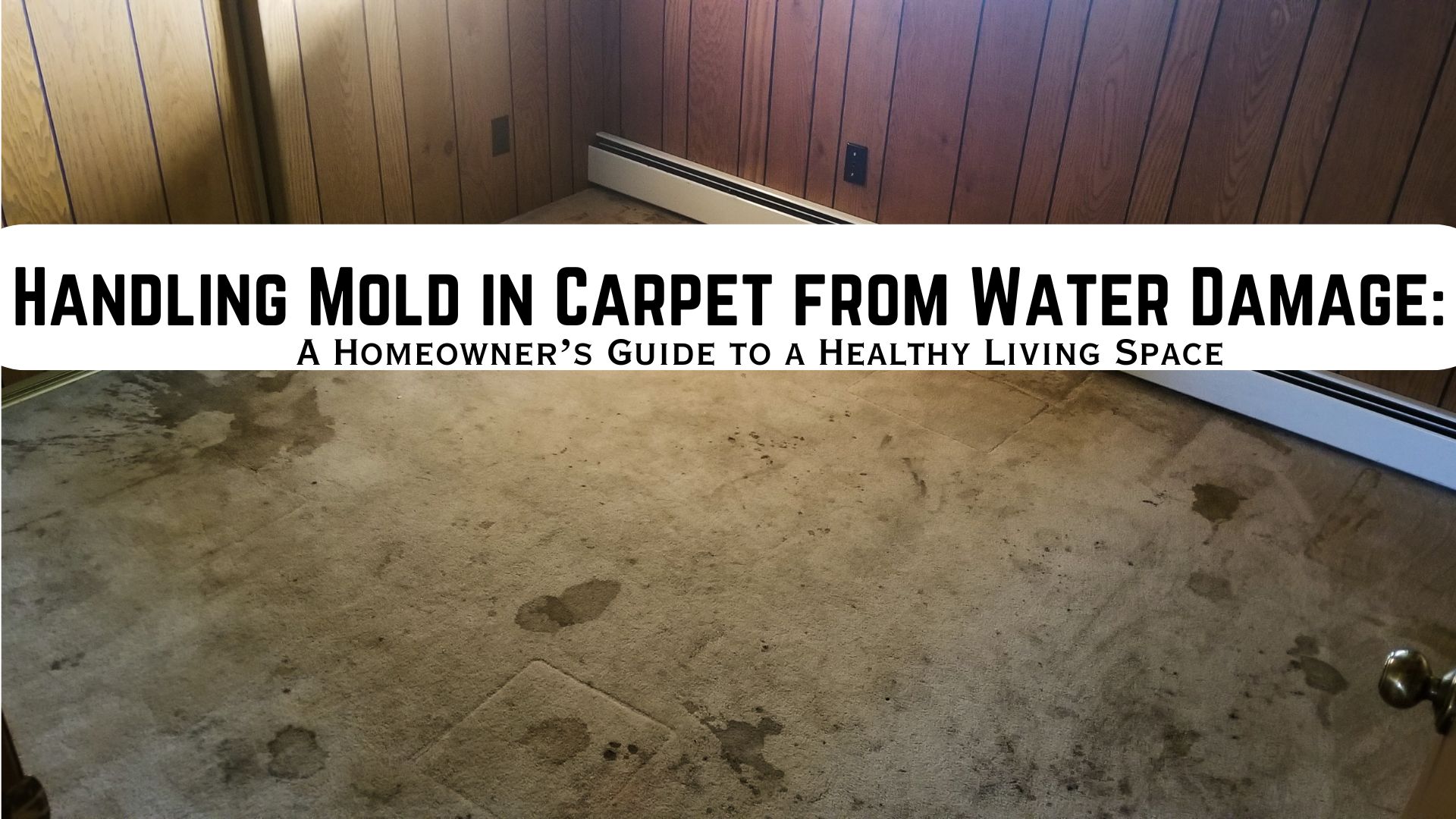Mold produces tiny spores that float through outdoor and indoor air. They can enter homes through open doors and windows, carried by pets, shoes, and clothing, and spread through heating and air conditioning vents. But, you might be wondering what really causes mold growth in your home. In this article, we outlined the most common causes of mold in homes.
Mold is an organism that grows both outdoors and indoors. Mold, outdoors, is an important part of nature. It helps in breaking down dead organic matter like fallen-dried leaves. However, mold growing indoors can be a big problem.
Mold in homes does not only create a cosmetic problem but can also damage your home and cause potential health problems. Exposure to mold can lead to different health problems like allergies, sneezing, sore throat, eye irritation, headache, and more serious respiratory issues like asthma, shortness of breath, and chronic obstructive pulmonary disorder (COPD).
Understanding the Causes of Mold in Homes
Mold growth in homes can be a persistent problem, and understanding the causes of mold in homes is essential for prevention. A key factor contributing to mold is a moisture source within the house. Water leaks from pipes or roofs create an ideal environment for mold to thrive. Even seemingly innocuous practices like leaving windows open can introduce moisture, especially in humid climates. Another aspect to consider is the type of mold present, as some strains are more common in damp environments while others prefer organic materials.
Common Causes of Mold In Homes
Mold can grow just about anywhere in a home, but it will most likely thrive in areas where there are high humidity and moisture, such as bathrooms and kitchens. With the right condition, mold will grow and thrive throughout the property.
1. Flooding
A house flood, whether it is caused by nature or humans, can bring a lot of water and cause serious water damage to your home. One of the unfortunate realities you will have to face after a house flood is mold growth. It is because it will take days or even weeks to completely dry out a flooded home, which makes it a perfect environment for mold to grow. Contact a professional restoration company immediately to mitigate the damage and prevent mold from causing secondary damage.
2. Persistent Humidity
Homes located in areas with high humidity have higher chances of experiencing mold growth. It is because of the high moisture content of the air. Furthermore, showering, cooking, and drying laundry inside your home can contribute to the increased level of humidity. Mold caused by humidity will most likely appear on your ceiling, drywall, under the kitchen sink, and in dark closets. Make sure to ventilate your home well and keep the humidity level below 55% to help prevent mold growth in your property.
3. Poor Ventilation
As mentioned, keeping your home well-ventilated can help prevent mold growth. Insufficient ventilation can lead to moisture build-up, and eventually, result in mold growth and problems like pollution. Make sure to open doors and windows when the weather permits or use fans when necessary.
4. Leaking Pipes
It is one of the most common plumbing issues homeowners face and has to deal with urgency. It is also one of the reasons why there is mold behind drywall and under-sink cabinets. Leaks can often go unnoticed, like leaks behind walls. So make sure to regularly check this area for any signs of water damage or mold growth.
5. Roof Leaks
A damaged roof, due to wear and tear or severe weather conditions, can allow water to seep into your home and cause mold. A slow leak, when not addressed immediately, can lead to moisture build-up in your attic and ceiling, which then allows mold to thrive on walls and ceiling boards. Check your attic for signs of water damage. If the damage occurs, inspect your roof and fix it as soon as possible.
6. Condensation Build-up
A build-up of condensation happens when warm air comes into contact with cold surfaces like concrete surfaces, floor tiles, metal piping, and brick walls. If you notice the build-up of condensation in your home, make sure to adjust the humidity levels in your home. Or else, you might be dealing with mold damage.
7. Basements
Due to the fact that this area of a home is located below ground level, it has the perfect condition for mold growth. Basements are consistently exposed to high levels of moisture, poorly ventilated, and frequently experience leaks or flooding. All these can provide the elements necessary for mold to grow. Thus, it is crucial to keep your basement maintained and properly ventilated to prevent mold outbreaks.
Mold in Homes: Preventive Measures
To address a mold problem effectively, it’s crucial to be proactive in preventing mold growth in your home. Regularly inspecting and promptly repairing any water leaks, controlling humidity levels, and ensuring proper ventilation can help create an unfavorable environment for mold and mildew. Additionally, being mindful of mold spores and their potential spread can aid in mitigating their impact on indoor air quality. By taking these preventive measures, you can reduce the likelihood of mold-related issues and maintain a healthy living environment.
Professional Mold Remediation Services
There are many causes of mold in homes. But, addressing these causes immediately can keep you from dealing with mold damage. In the case mold remediation seems difficult to handle, you can trust mold removal professionals at Superior Restoration.
Superior Restoration is a certified mold remediation company. We have highly trained technicians that provide quality mold removal and remediation services both in residential and commercial properties. For professional mold remediation services, as well as water damage cleanup and restoration services, contact us today.





